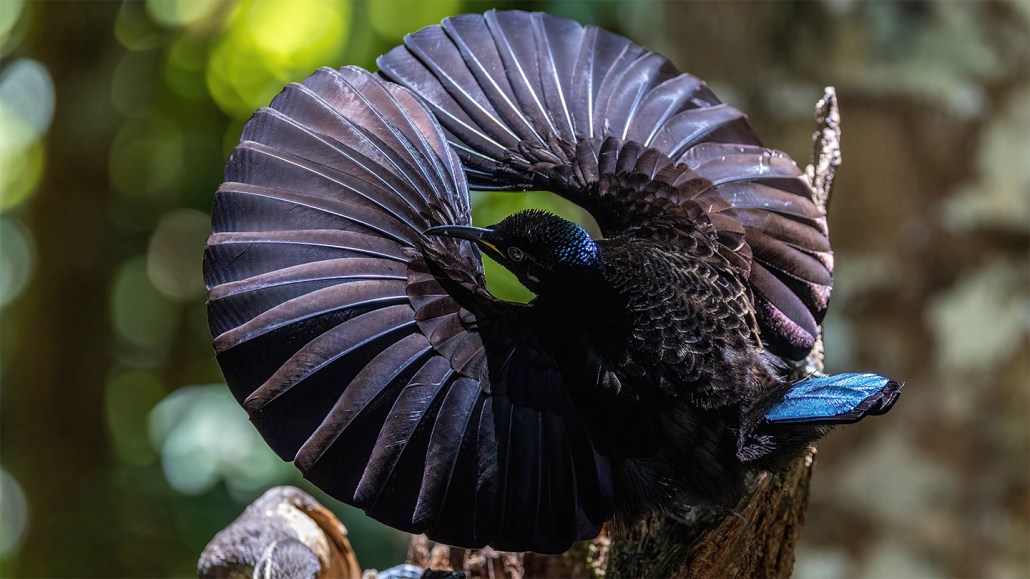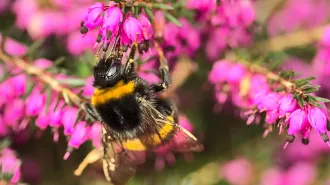Science has finally cracked male riflebirds’ flirty secrets
These birds of paradise take wrist bending to extremes and play percussion on their feathers

A flirtatious male Victoria’s riflebird’s unusual wrist bones let him hyperextend his wings into a dark arc of feathers while courting.
Jill Duncan & Ken Bissett, Macaulay Library/Cornell Lab of Ornithology







